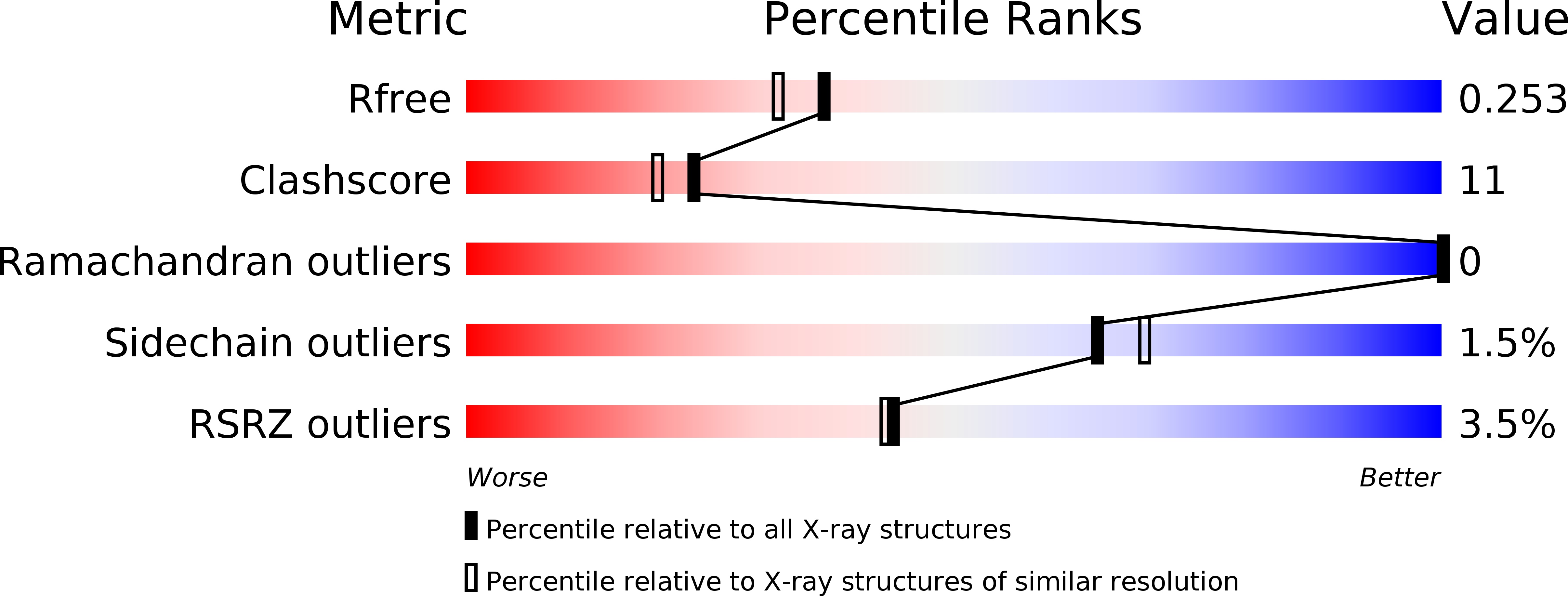
Deposition Date
2007-10-26
Release Date
2008-04-29
Last Version Date
2023-11-01
Entry Detail
PDB ID:
2ZBN
Keywords:
Title:
Crystal structure of PH1033 from Pyrococcus horikoshii OT3
Biological Source:
Source Organism:
Pyrococcus horikoshii (Taxon ID: 70601)
Host Organism:
Method Details:
Experimental Method:
Resolution:
2.00 Å
R-Value Free:
0.25
R-Value Work:
0.24
R-Value Observed:
0.24
Space Group:
P 31 2 1


